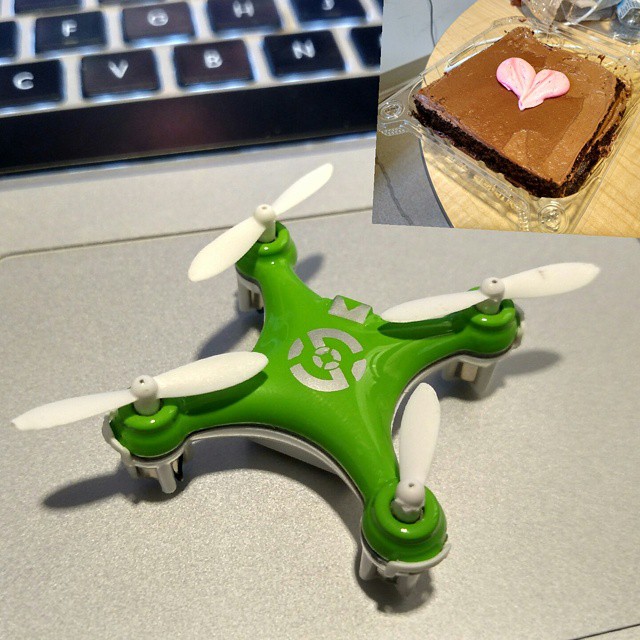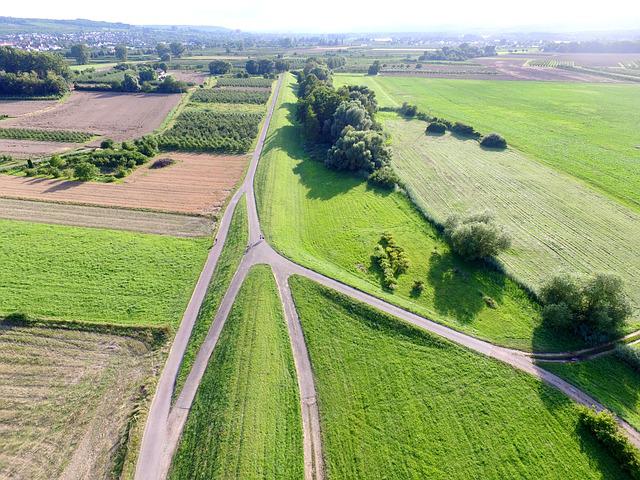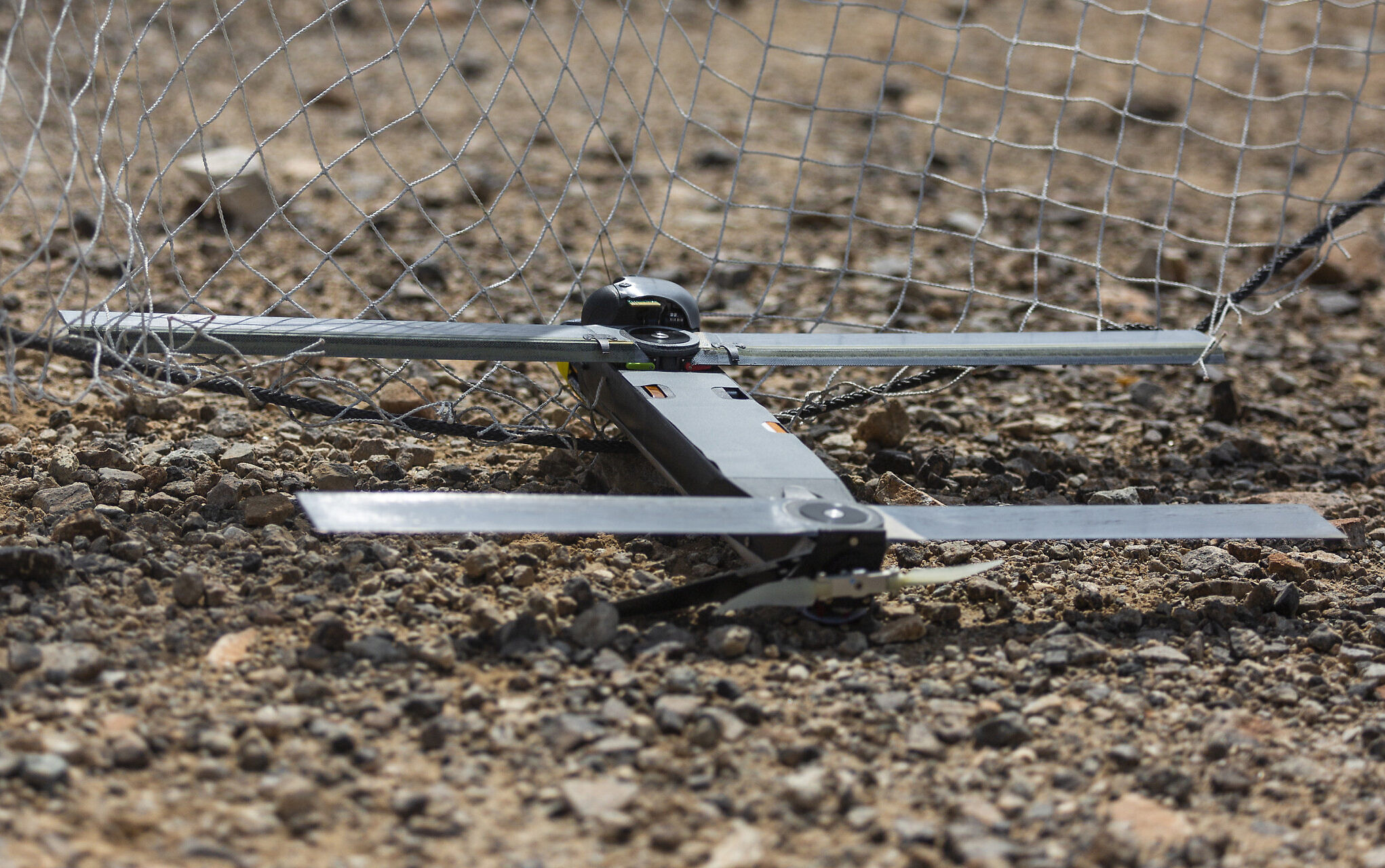
While there are many advantages to using drones for inspection, not all drones will be suitable for your job. Using a drone to inspect assets can help inspectors discover maintenance problems, but the repairs must still be done manually. In the end, drones are just one more tool in the inspector’s arsenal. Some inspectors still prefer their own eyes. In these cases, they may hang inspection cameras from ropes to drop them into assets. These situations are where drones can be a great tool.
Drone 20
Among the advantages of using a drone for inspection is its ability to capture high-quality data at high speed. Drones can provide a consistent image, eliminating the need to descend a building to see the contents. A higher zoom can be used to spot missing or minor defects. Shell Deer Park in the USA has used drones since 2016. The drones can be used to inspect industrial equipment such as flare tips or floating roof tanks and capture detailed information without human intervention.
Thermal camera
The thermal camera attached to a drone is a great tool for inspection. It can quickly be used to inspect large areas. It is faster than most other inspection methods and can view objects up close. Emitec's drone features an advanced thermal imaging system that transmits the image to multiple monitors and a tablet PC using a proprietary HD downlink.
Light
Drones were invented many years ago and technology has advanced significantly. Whether you're using a light drone for inspection or a large, sophisticated industrial drone, you can use one to gather data in a variety of applications. Drones are a popular choice in the energy field for inspecting gas and powerlines and generating valuable insight. Using a drone can be a great way to inspect wind turbines, as the machine can survey the nacelles, leading edges, and lightning receptors. A drone can collect data on the health of the turbine and also take high-resolution photographs of any damage. This data can then be used to plan the necessary repair work.

Vertical attachment mechanism
A vertical attachment mechanism for a drone for inspection is a simple way to attach it to a surface. These drones can hover at high altitude above the surface. The sensor probe can also be detached from the surface for testing. The drones can hover at high altitude over the surface thanks to their articulating joints. They may absorb some of impact if the UAV falls on its side. You can control them remotely, and even partially automate.
Safety
Drones are an increasingly popular way to inspect. These drones can be used to automate material transport, monitoring, and inspection. An FCC unit, for example, converts heavy crude oil to more valuable fuel products. It consists of several pipes and cyclones. The unit's central pipe, the riser, mixes heavy oils with powdered fuel at high temperatures. Inspection workers will need to access the pipe through a hatch in the riser's top. Once inside, they can then climb down using ropes. This risk is completely eliminated by a drone.
Cost
A drone can be used to inspect construction sites. A drone inspection saves money and eliminates the need for scaffolding or heavy machinery. It can lead to downtime and be costly. Drones reduce downtime and the need to purchase liability insurance. It is possible to save thousands of dollars annually on maintenance. Drone inspections are currently used by construction companies, but they are not exclusive to them.
Efficiency
Although drones are great for inspection, they do not replace a human inspector. A typical inspection task can take anywhere from 10 to 12hrs if a technician's present. Using drones can accomplish this task in less than an hour. These drones can access tight spaces that humans cannot. Drone inspection can help companies save thousands of dollars. This technology has not yet been made available to every industry.

FAQ
What is the law regarding drones flying over private property
The FAA has recently issued new rules for commercial drone flights. These rules apply to UAVs with a weight less than 55lbs and that fly at a height of below 400 feet from the ground. Commercial operators will need to register with FAA and get a license from agency. They will also require permission from local authorities to operate near airports and other restricted areas.
Flying with a drone?
Drones are becoming more popular, both for personal and business purposes. They are used for photography, filming, aerial mapping, search & rescue, and other applications. Recently, the FAA approved new regulations for drones, including requirements for registration, licensing and pilot training. These changes will help ensure that drones remain safe for everyone involved.
What US states are drones legal?
A drone can be legally operated for recreational purposes. The Federal Aviation Administration (FAA) has set up guidelines that allow people to use small unmanned aircraft systems (UASs). These UASs must first be registered with FAA to be allowed to be flown. If certain conditions are met, the FAA allows commercial operators to fly these UASs.
Statistics
- According to industry research from ZipRecruiter , there are 10 cities where the typical salary for a Drone Pilot job is above the national average. (dronesgator.com)
- With the top 10% making over $100/h and the bottom 10% making as low as $10/h. (dronesgator.com)
- According to the multiple listing service (MLS), houses and apartments with drone photographs are up to 68 percent more likely to sell than those without pictures. (thedroneu.com)
External Links
How To
How to Fly Drones With Beginners
A drone can be used to fly remotely controlled aircraft for photography, surveillance, scientific research, hobby and commercial purposes. The technology behind drones has been around since World War II. However, commercial use began in 2010 when DJI released their Phantom series of quadcopters. There have been many types of drones since then, including beginner-friendly drones like the Parrot AR Drone 2.0 and professional-grade multi-rotor crafts like the DJI Mavic Pro.
You can fly a drone in many different ways, including:
-
Remote control – This technique uses a control device attached directly to your hands that allows you steer the drone around its flight path. There are two main types: Joysticks (like a radio), and On/Off switches (like an alarm clock).
-
Manual Control - Using a smartphone app, this method allows users to remotely operate the drone via GPS coordinates. You must keep track of the location where you want the drone to go and follow the instructions from the app.
-
Autonomous Flying - This allows the drone to take over all of the piloting duties. It basically flies autonomously without any human intervention. To enable autonomous flight, the drone should have a built in camera and sensors capable recording images and data.
-
Triggered flight - This is similar to manual control except that the pilot sets up a preprogrammed route and the drone follows the route until it reaches its destination. Once the programmed route is completed, the drone lands automatically and returns back to the base.
-
Landing Gear: Some drones have landing gear that allows them safely to land in case they lose power or run low on battery.
-
Goggles-Some pilots use goggles to protect their eyes from debris during operations.
-
Camera - Certain drones come with cameras that allow you to take photos and videos from high above.
-
Obstacles. Some drones can have obstacle avoidance technology that stops them from hitting obstacles.
-
Speed – Some drones can reach speeds in excess of 40 mph.
-
Battery Life: Most drones have a battery life of between 20 and 30 minutes depending on how many power sources you use.
-
Range - Depending on the model, some drones can travel up to 30 miles away.
-
Power source - Not all drones can use an external power source. Others can run on internal batteries.
-
Weight - Some drones weigh less than 1 pound, whereas other models weigh up to 4 pounds.
-
Size - The size of drones varies from small, easily carried devices to more substantial crafts that weigh in excess of 50 pounds.
-
Price - From high-end models that cost thousands of dollars to low-cost options that start at $100, all drones fall under a certain price category.